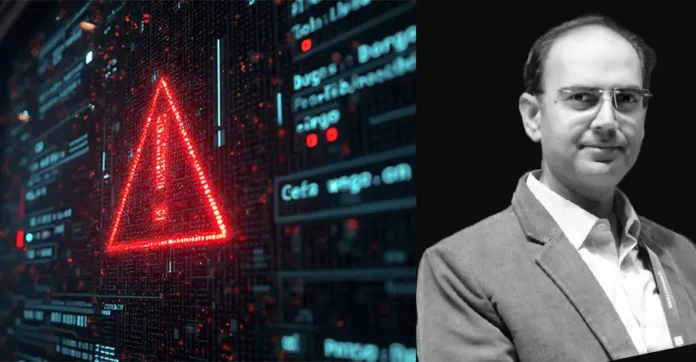
Scenario & Impact
In today’s hyperconnected business environment, sophisticated threat actors systematically probe corporate networks with unprecedented precision. These advanced persistent threats (APTs) often originate from organized nation-state entities seeking strategic advantages. Unlike opportunistic attacks, these campaigns demonstrate patience, technical sophistication, and clear objectives.
The business impact extends far beyond immediate operational disruptions. Intellectual property theft can erase competitive advantages developed over decades, potentially costing billions in market valuation. Critical service disruptions undermine customer trust and trigger contractual penalties. For publicly traded companies, these incidents often result in share price declines following disclosure.
From a technical perspective, APTs typically establish multiple persistence mechanisms to enhance the dwell time across infrastructure, creating complex recovery scenarios. Risk exposure assessment must account for potential data exfiltration spanning months or years before detection, regulatory penalties under various jurisdictions, and potential litigation from affected stakeholders.
Incident Response
IR when confronting suspected APT activity is a complex task, immediate containment actions must balance disrupting attacker access against revealing your awareness of the intrusion. Priority actions include isolating critical systems and crown jewels while preserving forensic evidence, implementing enhanced monitoring across similar asset classes, and activating out-of-band communication channels for response coordination.
A Cyber crisis management plan with a clear role definition becomes essential during crisis response. The incident commander should maintain operational oversight while specialized teams handle forensic investigation, stakeholder communication, legal compliance, and business continuity. For global organizations, establishing regional response teams with the authority to act independently will prevent decision bottlenecks.
The communication strategy must be meticulously crafted, with separate tracks for technical teams, executive leadership, regulators, law enforcement, and ultimately external stakeholders. Premature external disclosure can compromise investigation efforts, while delayed notification risks regulatory penalties and reputational damage.
Remediation & Future Prevention
Root cause analysis for APT incidents requires comprehensive DFIR i.e focused digital forensics activity to establish the complete attack timeline, entry vectors, lateral movement techniques, and data access patterns. This analysis must extend beyond immediate indicators of compromise to identify systemic vulnerabilities in security architecture, infrastructure, detection capabilities, and operational procedures. This generally requires collective efforts of the various IS teams to contribute to ascertain everything and anything.
Recovery proceeds in phases though easier said than done: establishing clean baseline environments, implementing enhanced monitoring and access controls, conducting thorough credential rotation, and strategically restoring business services based on criticality. Throughout this process, maintaining a heightened security posture and threat hunting activities prevents reinfection attempts.
Preventive measures must address both technical and organizational dimensions. Zero-trust architecture implementation, enhanced supply chain security, advanced threat detection capabilities, and regular adversary simulation exercises strengthen technical defences. Equally important are organizational improvements with a top-down approach with the Board leading the pack. Specific on the IS front will include security governance realignment, strategic intelligence capabilities, and cross-functional incident response training that reflects the sophistication of today’s threats.






